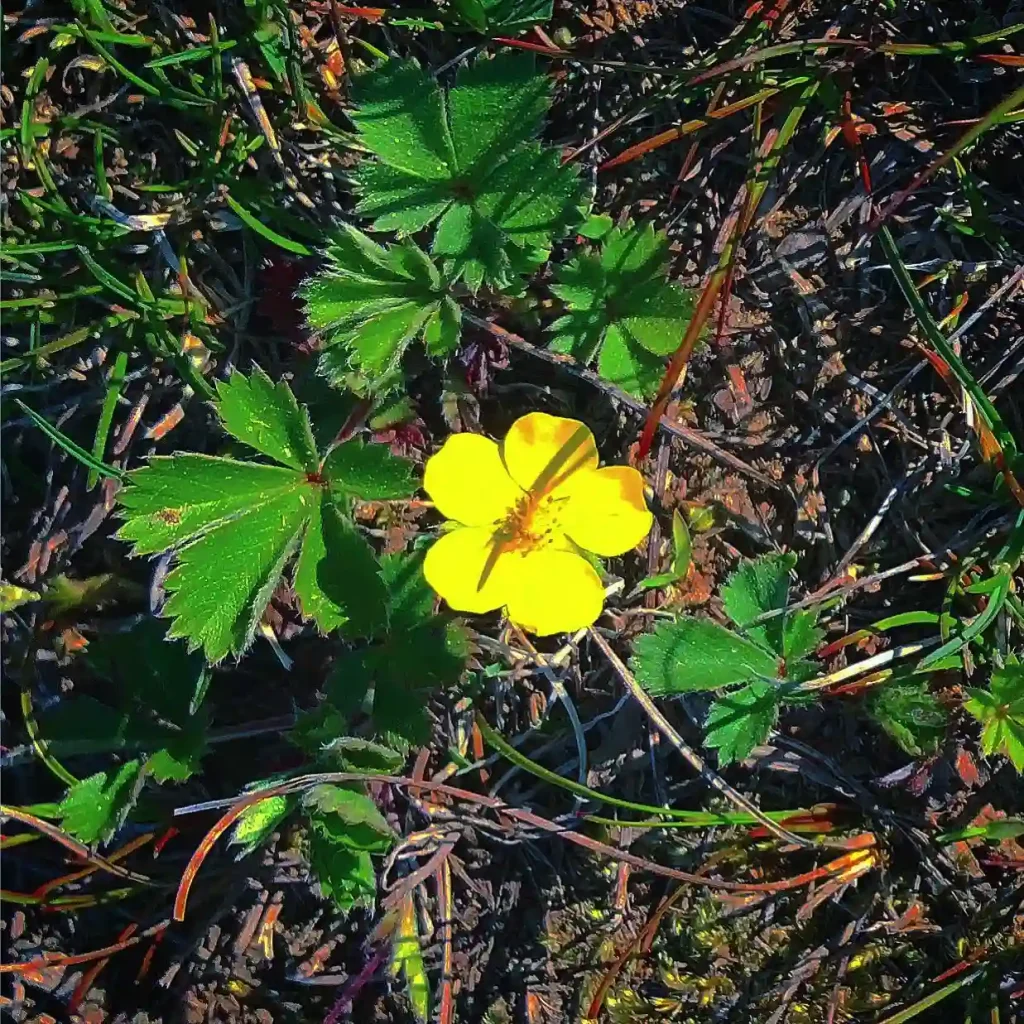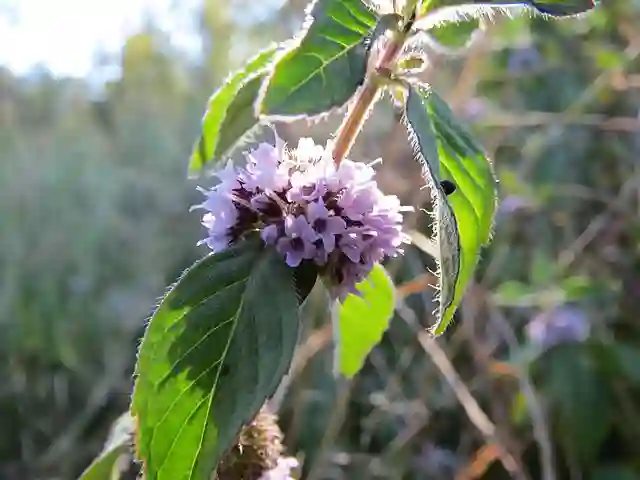FAQs About Anacyclus Pyrethrum: Everything You Need to Know
Anacyclus Pyrethrum, also known as Pellitory or Spanish Chamomile, is a fascinating plant with numerous uses, from ornamental to medicinal. As someone deeply interested in unique plants, I often find myself drawn to species like this for their intriguing characteristics. Below, I’ll answer some frequently asked questions about Anacyclus Pyrethrum, providing insights into its care, propagation, and more.
What is Anacyclus Pyrethrum?
Anacyclus Pyrethrum is a perennial herb native to the Mediterranean region. It belongs to the Asteraceae family and is often grown for its attractive daisy-like flowers and medicinal properties. Historically, it has been used as a remedy for toothaches and other ailments due to its anesthetic effects. The plant’s roots contain a compound called pyrethrin, known for its ability to relieve pain and even repel insects.
The plant typically grows low to the ground, with finely divided, fern-like leaves that add to its ornamental appeal. Its small, white flowers with yellow centers are a signature feature that makes it popular in gardens.
Plant Family: 1720 Genera in Asteraceae
How to Care for Anacyclus Pyrethrum?
Caring for Anacyclus Pyrethrum is relatively easy. It thrives in full sunlight and well-draining soil, making it an excellent choice for rock gardens, borders, or containers. Here’s what I’ve found works best:
- Sunlight: This plant loves full sun. I recommend planting it in a spot where it gets at least 6 hours of direct sunlight daily.
- Soil: Well-drained, sandy, or loamy soil is ideal. Waterlogged soil can cause root rot, so proper drainage is essential. I’ve found that adding some grit or sand to the soil mix helps prevent this issue.
- Watering: While Anacyclus Pyrethrum is drought-tolerant once established, it’s best to water it moderately during the growing season. Avoid overwatering, as this can lead to fungal issues.
- Temperature: This plant is quite hardy, surviving in USDA zones 6-9. It tolerates frost, though I like to provide some protection during harsh winters.
How to Propagate Anacyclus Pyrethrum?
Propagating Anacyclus Pyrethrum can be done through seeds or division. In my experience, seeds are the easiest method.
- Seeds: Sow seeds in early spring or late fall. I usually scatter them directly on the soil surface, pressing them lightly to ensure good contact with the soil. Keep the soil moist until germination, which typically takes 2-3 weeks.
- Division: If you already have a mature plant, division is another method. Simply dig up the plant, divide the root clumps, and replant them in new locations. This is best done in the spring or fall.
Can You Grow Anacyclus Pyrethrum Indoors?
While Anacyclus Pyrethrum is best suited for outdoor growth, you can grow it indoors with proper care. I’ve tried this myself, and it can work if you ensure the plant gets enough sunlight. Place it near a south-facing window to provide ample light, and make sure the pot has excellent drainage. The key is to replicate its natural outdoor environment as closely as possible.
Is Anacyclus Pyrethrum Toxic?
Anacyclus Pyrethrum is generally considered non-toxic to humans and pets. However, it’s always wise to use caution, especially if you have children or curious pets around. While the plant has medicinal properties, ingesting large amounts of any plant material can cause digestive upset.
What are the Benefits of Anacyclus Pyrethrum?
One of the main benefits of Anacyclus Pyrethrum is its medicinal uses. In traditional medicine, the root has been used as an analgesic for toothaches and gum issues. It’s also been applied to alleviate symptoms of inflammation and respiratory problems. In addition to its medicinal properties, I’ve found that it can be a natural insect repellent, thanks to the pyrethrin content in its roots.
From a gardener’s perspective, Anacyclus Pyrethrum is an attractive, low-maintenance plant that can add beauty to rock gardens and borders.
What to Plant with Anacyclus Pyrethrum?
In terms of companion planting, Anacyclus Pyrethrum pairs well with other drought-tolerant plants like lavender, rosemary, and thyme. These plants thrive in similar conditions—full sun and well-drained soil—and create a cohesive, Mediterranean-style garden.
Common Problems with Anacyclus Pyrethrum
Though Anacyclus Pyrethrum is fairly resistant to pests and diseases, it can still encounter some issues. Here’s what I’ve noticed:
- Root rot: This is a common problem if the soil is too wet. As mentioned earlier, ensuring good drainage can prevent this.
- Powdery mildew: While rare, powdery mildew can appear in humid conditions. To prevent this, ensure good air circulation around the plant by spacing it properly.
Compare Anacyclus Pyrethrum with Other Similar Plants
Anacyclus Pyrethrum is often confused with similar-looking plants like Anthemis Nobilis (Roman Chamomile) and Chrysanthemum Cinerariifolium (Dalmatian Pyrethrum). While both have medicinal uses and daisy-like flowers, the key difference lies in the compounds they produce. Roman Chamomile is commonly used in teas and as a soothing herb, whereas Dalmatian Pyrethrum, like Anacyclus Pyrethrum, is known for its insecticidal properties.
Can Anacyclus Pyrethrum be Used as a Medicinal Herb?
Yes, Anacyclus Pyrethrum has been used for centuries in traditional medicine. The root, in particular, contains pyrethrin, which has anesthetic and anti-inflammatory properties. I’ve personally found its effects on toothaches to be quite potent, making it a natural alternative to over-the-counter pain relievers.
Conclusion
Anacyclus Pyrethrum is a versatile and easy-to-care-for plant that offers both aesthetic and practical benefits. Whether you’re growing it for its medicinal properties or simply to add beauty to your garden, it’s a worthy addition to any plant collection. I’ve enjoyed working with this plant in my garden, and I believe its low-maintenance nature makes it ideal for both beginners and experienced gardeners alike.
If i die, water my plants!



